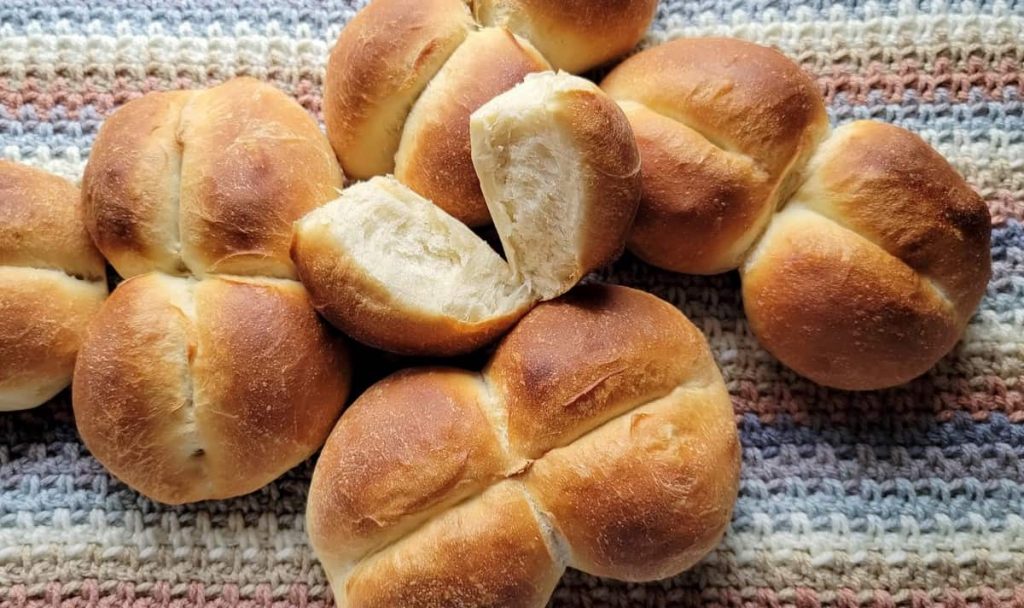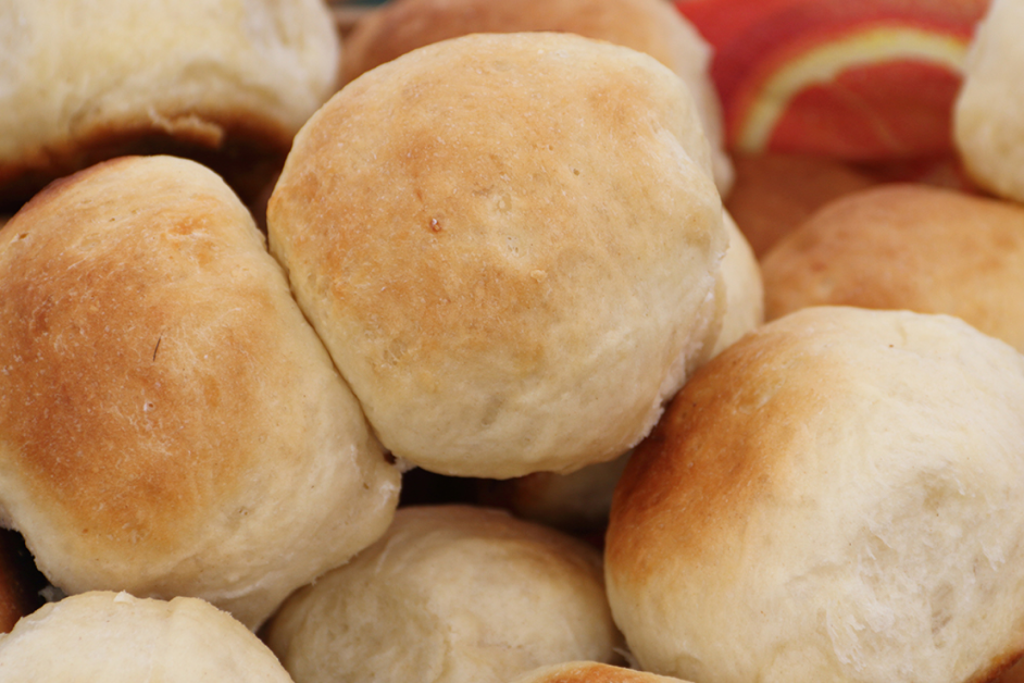Chile’s culinary scene is as diverse and vibrant as its landscapes, and one staple food that holds a special place in the hearts of Chileans is bread. As you cycle through the picturesque countryside with Tour De Amigos, you’ll be amazed at the variety and significance of bread in Chilean cuisine. In this post, we’ll delve deeper into the importance of bread in Chile, its cultural significance, history, popular types, and more.
The Importance of Bread in Chilean Culture and Cuisine
Bread is an integral part of Chilean food culture, with Chile ranking among the top bread-consuming countries in the world. It’s not just a source of nourishment; bread also represents warmth, hospitality, and shared experiences. Chileans often gather around the table with family and friends to enjoy bread accompanied by simple yet delicious toppings like butter, avocado, or cheese. This tradition of sharing bread strengthens social bonds and creates a sense of community.
A Brief History of Bread in Chile
The history of bread in Chile dates back to the Spanish colonisation in the 16th century. Wheat, a primary ingredient in bread, was introduced by the Spanish settlers and soon became a staple crop. The indigenous Mapuche people quickly adopted the cultivation of wheat and integrated it into their diet. Over the centuries, Chilean bread has been influenced by various cultural and historical factors, such as European immigration and the introduction of new baking techniques.
Popular Types of Chilean Bread:
There’s a wide variety of bread available in Chile, with each type offering its own unique taste and texture. Here are some of the most popular types of bread you should try:
Marraqueta (Pan Batido)

The Marraqueta, also known as Pan Francés or Pan Batido, is the most popular bread in Chile. It has a crispy golden crust and a soft, airy interior, making it ideal for sandwiches, dipping in soups, or simply enjoying with butter. The bread is typically made with flour, water, salt, and yeast, and it’s shaped into a unique four-part structure that allows for easy separation. Marraquetas are commonly eaten for breakfast, served alongside meals, or used for making Chilean sandwiches like the Barros Luco or Chacarero.
Hallulla

The Hallulla is a round, flat bread with a soft, tender texture. It’s made with flour, water, yeast, and a touch of shortening or lard for richness. The bread is often enjoyed with various toppings like ham, cheese, avocado, or pebre, a traditional Chilean salsa. Hallullas are versatile and can be used for making sandwiches, like the Chacarero, or served as a side with soups and stews.
Pan Amasado

Pan Amasado, which translates to “kneaded bread,” is a homemade-style bread known for its dense, slightly chewy texture. This bread is traditionally made with flour, water, yeast, and lard or shortening, which gives it a rich, buttery flavor. Pan Amasado is often enjoyed for breakfast with butter and jam or as a snack during afternoon tea, called “onces” in Chile.
Pan de Pascua
Pan de Pascua is a traditional Chilean bread enjoyed during the Christmas season. This sweet, dense loaf is made with flour, eggs, sugar, butter, and a mix of dried fruits, nuts, and spices like cinnamon, cloves, and nutmeg. The festive bread is similar to European fruitcakes and stollen, and it’s often served with a glass of cola de mono, a Chilean Christmas cocktail made with aguardiente, milk, sugar, coffee, and spices.
Dobladitas
Dobladitas are flaky, puff pastry-like bread typically made with flour, water, and a generous amount of shortening or lard, which creates their signature layered texture. They can be enjoyed with sweet or savory fillings, like manjar or cheese, and are a popular choice for breakfast or a mid-morning snack. Dobladitas are often served warm, straight from the oven, for the best taste and texture.
Regional Variations in Chilean Bread
Chile’s diverse geography and climate have given rise to regional variations in bread-making. For example, in the south of Chile, where the weather is colder and more humid, bread tends to be denser and richer, while in the north, the drier climate favors lighter, airier bread. These regional differences are a testament to the adaptability of Chilean bakers and the importance of bread in the local cuisine.
Traditional Bread-Making Techniques
Traditional Chilean bread-making techniques have been passed down through generations, and many households still make their bread from scratch. These techniques involve mixing the ingredients by hand, kneading the dough, and shaping the bread before baking it in wood-fired ovens. This time-honored process gives the bread a unique taste and texture that sets it apart from commercially produced bread.
Common Bread Accompaniments and Dishes in Chile
Chilean bread is enjoyed with a variety of accompaniments and in various dishes. Some popular toppings and spreads include:
Pebre
A spicy Chilean salsa made with tomatoes, onions, cilantro, and chili peppers, often served with bread as an appetiser.
Palta (avocado)
A staple in Chilean cuisine, mashed avocado is commonly spread on bread and seasoned with salt and lemon juice.
Manjar
A sweet, caramel-like spread made from condensed milk, also known as dulce de leche, often enjoyed on bread for breakfast or dessert.
Bread is also an essential component of many traditional Chilean dishes, such as Chacarero (a sandwich made with thinly sliced steak, green beans, tomatoes, and chili pepper) and Chorrillana (a hearty dish of French fries topped with beef, sautéed onions, and fried eggs, often served with bread on the side).
Modern Trends and Innovations in Chilean Bread
As Chilean cuisine continues to evolve, so does its bread culture. Modern trends include the use of alternative flours, such as quinoa or almond flour, for gluten-free bread options. Artisanal bakeries are also experimenting with new flavors and techniques, such as sourdough bread and European-style pastries, while still preserving traditional Chilean bread-making methods.
Where to Find the Best Bread in Chile: Bakeries and Local Markets
To fully appreciate the rich variety of Chilean bread, visit local bakeries and markets, where you’ll find freshly baked bread made with love and care. In Santiago, the capital of Chile, popular bakeries like Panadería San Camilo and La Cuchara offer a wide range of bread and pastries, including traditional Chilean favorites and innovative creations. Venturing outside the city, local markets in smaller towns and villages provide a more authentic experience, allowing you to interact with the bakers and learn about their craft.
When cycling with Tour De Amigos, make sure to stop by these local establishments to sample the delicious bread and support the local economy. Our knowledgeable guides will be happy to recommend the best places to try authentic Chilean bread.
Chilean bread is more than just a staple food; it’s a symbol of the country’s rich history, diverse culture, and warm hospitality. From the traditional Marraqueta to the modern sourdough, Chile offers a world of flavors and textures waiting to be discovered. As you embark on your cycling adventure with Tour De Amigos, take the time to explore the fascinating world of Chilean bread and immerse yourself in the delectable traditions that have been passed down through generations. You’ll not only satisfy your taste buds but also gain a deeper understanding of the rich culinary heritage that makes Chile such a unique and captivating destination. So, as you pedal through Chile’s breathtaking landscapes, don’t forget to break bread with new friends and make lasting memories over the simple, yet profound act of sharing a meal.


